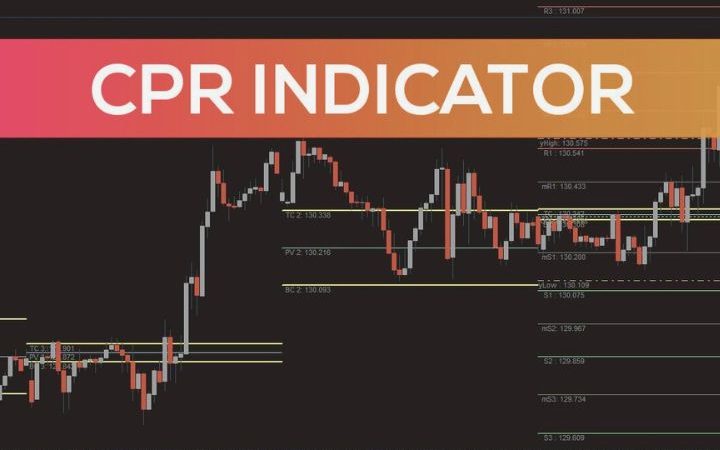Influencers Within An Organization

Among the metrics that characterize the individual behavior of employees are those that make it possible to determine that those who exert a positive influence on their peers, regardless of their position or role, are gaining interest.
Borrowing the terminology from social media, these types of employees are called influencers or influencers.
Influence is the ability to cause or contribute to a change of opinion or behavior. In this way, an influencer would be that person or group with a higher-than-average potential influence due to characteristics such as the frequency of communication, the ability to convince, or the size and centrality of a social network, among others.
Based on the attributes defined by the WOMMA model, we have established a series of measurable attributes that help define a member of an organization as an influencer. These attributes are divided into a) attributes that measure their influence by their position in the network and b) attributes that quantify their influence by the content it transmits.
Influence by your position in the network
Influential position attributes are closely related to the network value the individual holds. They are described below in alphabetical order.
- Geographical scope refers to the place or places in which it has influence, whether geographical areas or departmental divisions. This reach can be measured by counting the location or belonging of the influencer’s contacts, especially prioritizing the diversity of locations among their relationships.
- Reach is measured as the number of people with whom the individual is connected directly or indirectly in the different social networks considered. This attribute represents the potential number of people whom the individual could influence.
- Seniority in the organization: The more seniority in the organization, the greater their knowledge about it, and the greater the chances of using it effectively.
- Authority and credibility are defined as the degree of the individual’s experience and expert knowledge ( expertise ), together with the trust and respect it inspires. Authority and credibility are achieved through training, elections, experience, or time, and sometimes the community confers them.
- Network Centrality: This metric summarizes the number and quality of employee connections in the organizational network.
- Intent to influence: The individual’s communication purpose can affect the inspired trust and the results achieved. It is common for the recipient of a message to question it when the sender’s intentions do not convince them.
- Relationship with management: Finally, it is necessary to consider the position and role in the organization in order to determine the degree to which an influencer is related to management. Are you perceived as independent and impartial or biased?
Influence by the content it transmits
The second category of key attributes is related to the analysis of the content disseminated by the influencer. They fit very well with the detection of opinion leaders in digital environments. They are described below in alphabetical order.
- Content quality: The quality of the content, such as whether it posts at the right time and is interesting or specific to a particular audience.
- Two-way engagement: Intensity with which the individual engages with others in two-way communication.
- Content engagement: Degree to which the content circulates or is shared by others (virality, number of comments, complete or partial forwarding).
- Content frequency: Number of times you publish content on a specific topic in a period.
- Enthusiasm: Intensity of emotion expressed by the influencer in their posts.
- Time spent on topic: Time spent by the individual to post on a particular topic.
The quantification of positional attributes is the first source to discriminate against an influencer, while content-based attributes complement the previous ones. In organizational network analysis, the focus is placed on the former.
Based on these attributes, specific combinations of them make it possible to distinguish up to five types of influencers in the organization :
- Supporters: They are individuals recognized by their peers as key support to carry out the work (source of support/help, high technical collaboration…).
- Leader: Those energizing, inspiring individuals whose opinion is taken into account when making decisions at work, without having to use their hierarchical role (if it is high).
- Broker: Individuals who occupy a strategic position (intermediation or other) in the organization’s information flow.
- Expert: Individuals who are recognized as experts by other employees of the organization in one or several topics or units of knowledge.
- Catalyst: Individuals who facilitate change processes in the organization in favor of innovative solutions, both for their recognized tendency to innovate and for being able to articulate and spread it to others.
Adequate identification of influencers can impact the organization’s talent management actions in multiple ways. Also, they allow for improving talent retention policies, reducing the risk of key employees leaving the company. For example, they allow the creation of more effective training programs aimed at potential leaders, experts, or innovators.
Depending on the type of results, specific action plans can be established, such as intrapreneurship, cultural change, or internal communication programs in which influencers can participate.
It must always be remembered that those employees designated as influencers do not have to be willing, a priori, to work in favor of these programs. A key phase after identification is communicating the results and establishing training and action plans with those who finally and voluntarily decide to collaborate with the program.
Also Read : Pros And Cons Of High-Yield Savings Accounts: Is It Worth It?






